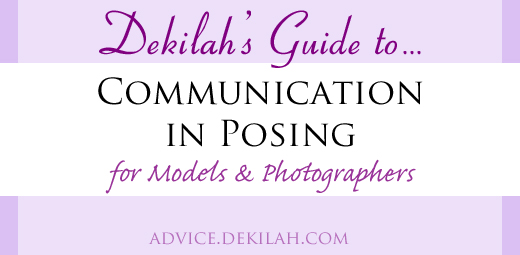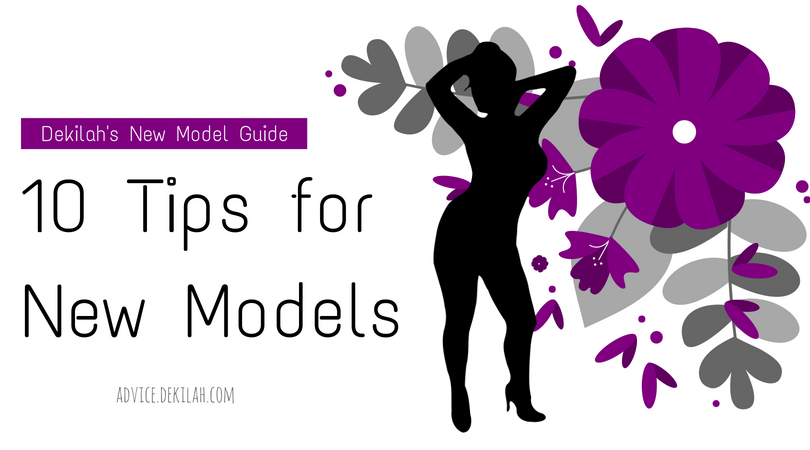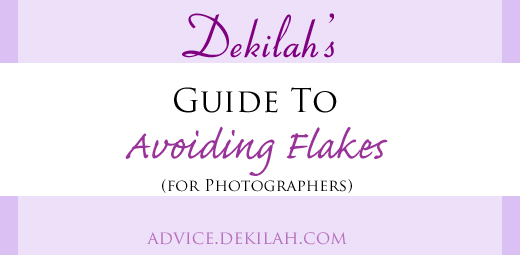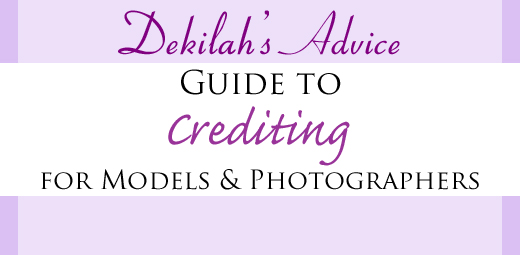I’ve been asked many times to write an article on posing and instead of trying to cram everything into one article, I thought I’d cover small chunks at a time. This article covers the importance of communication in posing before and during the shoot as well as some tips on how to effectively communicate about posing for models and photographers.
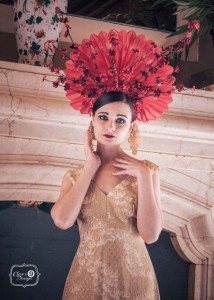
Let’s start by talking briefly about some of the things that might affect posing in a shoot. This isn’t an exhaustive list, but it does include some of the most common factors:
- Shoot process – certain styles of photography require the model to hold a pose for several seconds or more, others will need the model to move more quickly.
- Model’s posing style – each model tends to develop a posing style that we default to in terms of how we physically change poses (ex: gradually shifting or completely switching up poses), how often we move (ex: every shutter click or until the photographer prompts us to move), etc.
- Pose difficulty/physical challenges – there are some poses that are very difficult to hold either in general or for some models based on their body.
- Limits – a model’s limits (or a photographer’s limits) often come into play for nude or more erotic concepts.
- Understanding the concept/goal – everyone should be on the same page as far as what the goal/concept/mood for the image is.
If you are the photographer and you are hiring the model and/or if it is your concept, you’ll want to address these factors to make sure you get a model who is comfortable and able to pose in the way you need. This doesn’t mean you have to actually go through that list and address every single one individually, but perhaps the few that affect your shoot the most. For example:
- If your shoot process requires slower posing or for the model to hold poses, make sure you express that before you start shooting.
- If your concept involves nudity or erotic themes, I strongly suggest finding a model who is very comfortable posing in that style (versus one who seems borderline).
Don’t hesitate to ask the model if you have any concerns. They may be able to come up with a solution to a problem you see or be able to offer a possible compromise, particularly if they are somewhat experienced.
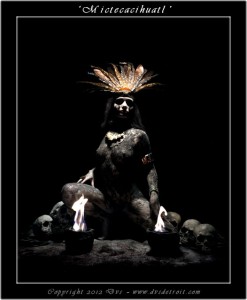
As a model it is always a good idea to find out what the concept is and what sort of posing you’ll be doing. If you’re being hired, the photographer should let you know, but if they don’t, make sure to ask. I find it’s usually easiest to ask what the concept or theme is for the shoot and go from there.
If you’re collaborating it is often part of the model’s contribution to bring the concept to life in which case you’ll often be providing the base poses (or possibly the poses entirely). In this case, you may want to practice or study a few poses beforehand.
Models, if you have any restrictions in posing physically within the concept be sure to mention those. You will also want to be mindful of your limits and how the concept might fall inside or outside of those. Don’t be afraid to speak up if you’re concerned.
Both models and photographers may find it helpful to keep things on track by keeping notes on what you discuss on your phone or in a notebook and bringing them with you to the shoot. You might also want to save any inspiration images to refer to while you are shooting as well.
Communication on posing during the shoot is definitely extremely important to creating the best images possible. Here are a few tips:
- Photographers, remember that the model cannot see the photo the way you do and your angle to the model can strongly affect how the pose looks. If you like what the model is doing, be sure to let them know.
- Photographers, if you don’t mind sharing a peek at the back of the camera, that can often be very helpful for models in visualizing changing they need to make or how the light is falling.
- Models, it’s okay to occasionally ask for feedback while you’re shooting. Sometimes the photographer is so focused on getting the shot that they may not realize you’re not sure if you’re doing okay or not.
- Try keeping a dialogue going next time you shoot. It doesn’t have to be constant chatter, but the occasional check-in can be quite helpful.
I firmly believe that maintaining open communication is a very important key to creating the best images possible and that is especially apparent in posing.
I hope you’ve found this article helpful and if you did, please share it and consider leaving a tip in my tip jar so I can keep this resource up and running.

